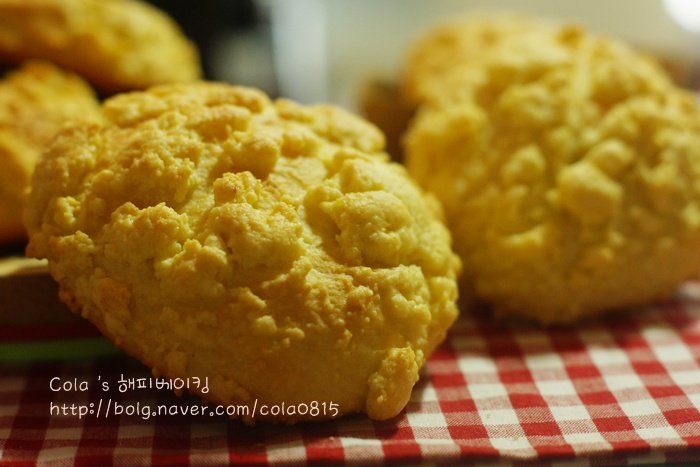
Kim Takgu Bread - The Gombo Bread of Memories
It's a crispy sweet soboro bread that children also like.
6 serving
Within 999 minutes

콜라
- Ingredients
-
-
Strong flour270g
-
Salt1t
-
Sugar40g
-
Dry East7g
-
Eggs1ea
-
Milk100ml
-
Butter30g
-
Soft flour80g
-
Baking powder1/3t
-
Butter30g
-
Sugar30g
-
egg1/2ea
-
- Cooking Steps
-
STEP 1/15Mix milk and eggs. (You can mix the butter with milk or add it when the dough is roughly clumped.)
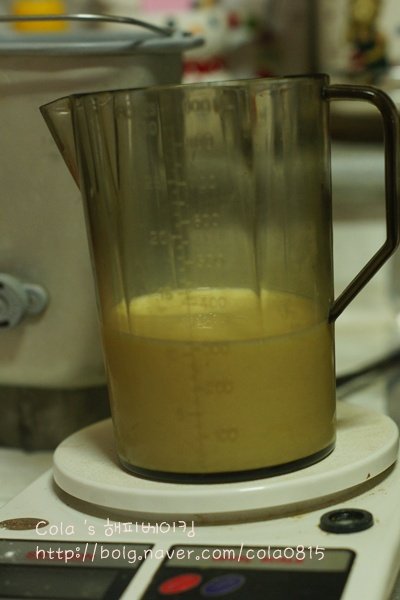 STEP 2/15Put milk + eggs in a baking machine container, sift the strong flour once, put the salt in the flour, add yeast and sugar, and return to the dough course.
STEP 2/15Put milk + eggs in a baking machine container, sift the strong flour once, put the salt in the flour, add yeast and sugar, and return to the dough course.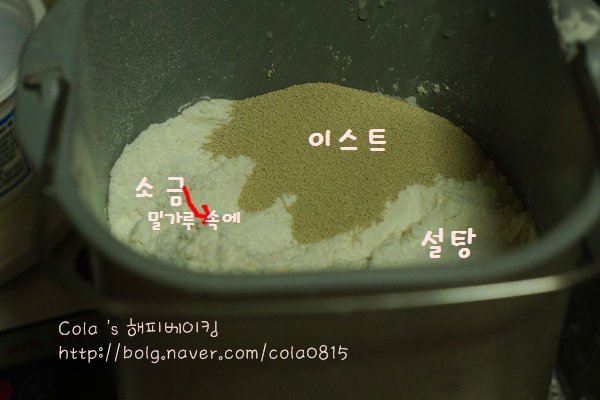 STEP 3/15While kneading, make it into a sobor. Mix sugar, egg yolk, and butter in a bowl. (You can cast it by hand.)
STEP 3/15While kneading, make it into a sobor. Mix sugar, egg yolk, and butter in a bowl. (You can cast it by hand.)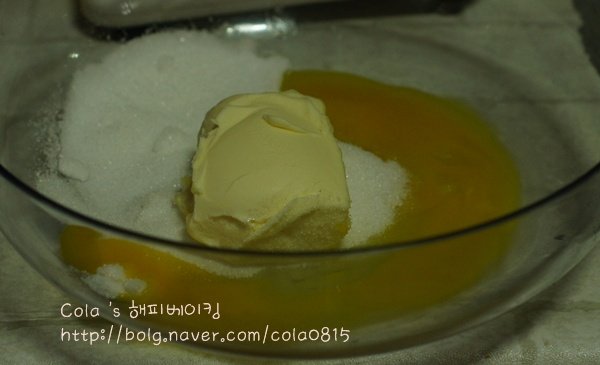 STEP 4/15Sieve the soft flour and BP and pour it with both hands. Don't go to bed too tight. Mix it gently.
STEP 4/15Sieve the soft flour and BP and pour it with both hands. Don't go to bed too tight. Mix it gently.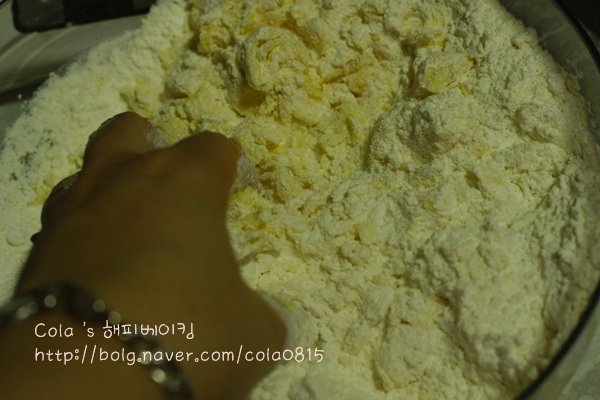 STEP 5/15Don't lump it together. Make it soft like this and put it in the refrigerator.
STEP 5/15Don't lump it together. Make it soft like this and put it in the refrigerator.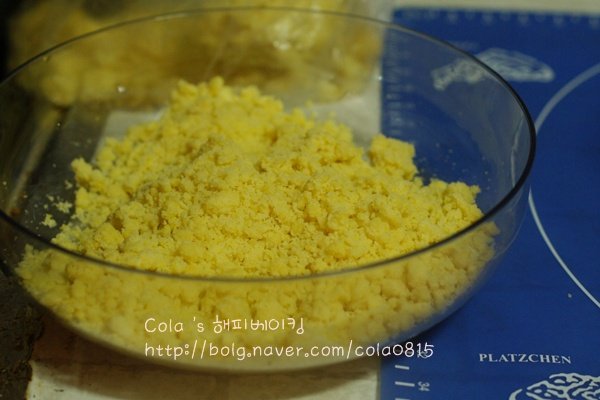 STEP 6/15The dough and the first fermentation are done. (I double the dough and it's that big.)
STEP 6/15The dough and the first fermentation are done. (I double the dough and it's that big.)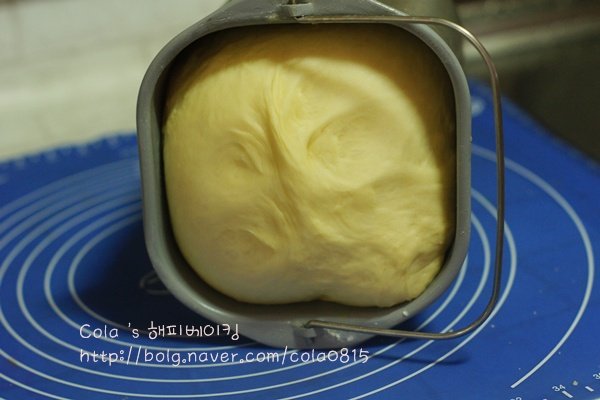 STEP 7/157 Take out the dough, push it with a rolling pin, and let it rest for 10-15 minutes with a wet cotton cloth. The dough will continue to swell during the break.
STEP 7/157 Take out the dough, push it with a rolling pin, and let it rest for 10-15 minutes with a wet cotton cloth. The dough will continue to swell during the break.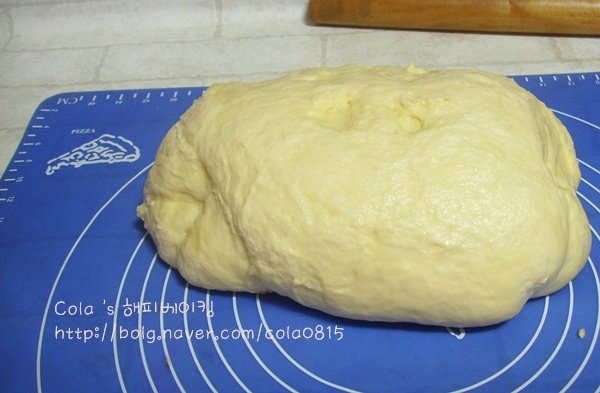 STEP 8/15Push the dough back to the rolling pin to drain the air.
STEP 8/15Push the dough back to the rolling pin to drain the air.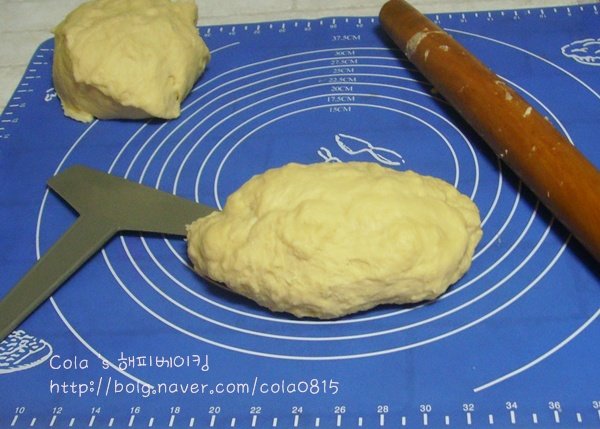 STEP 9/15Please divide it into appropriate sizes If you follow the recipe, if you divide it into 8 pieces, you will get a smaller size than the commercial Gombo bread. If you want to make it big, you can divide it into 5-6 equal parts.
STEP 9/15Please divide it into appropriate sizes If you follow the recipe, if you divide it into 8 pieces, you will get a smaller size than the commercial Gombo bread. If you want to make it big, you can divide it into 5-6 equal parts.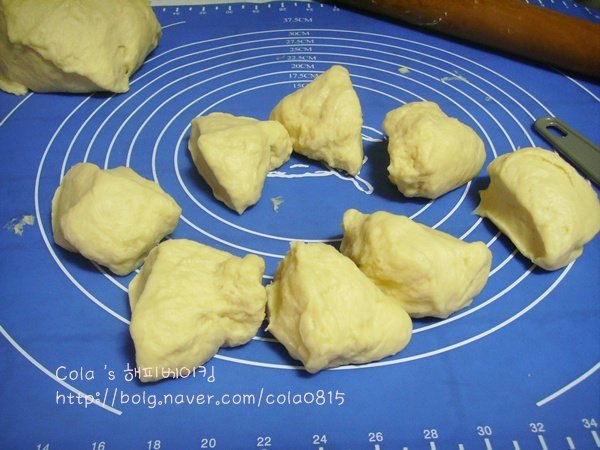 STEP 10/15Just like the picture, roll it in a circle. Make sure to pinch the joints so that they don't burst.
STEP 10/15Just like the picture, roll it in a circle. Make sure to pinch the joints so that they don't burst.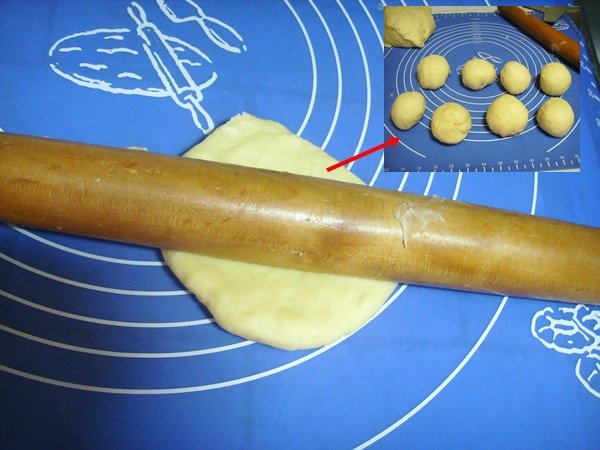 STEP 11/15Press the seam of the dough against the soboro with your palm.
STEP 11/15Press the seam of the dough against the soboro with your palm.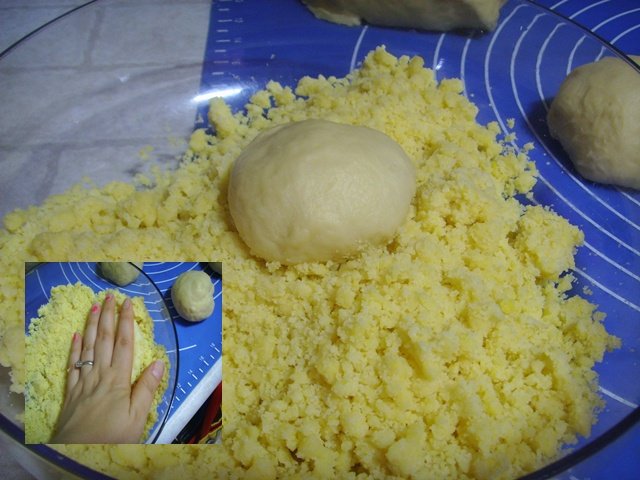 STEP 12/15Place pan evenly spaced.
STEP 12/15Place pan evenly spaced.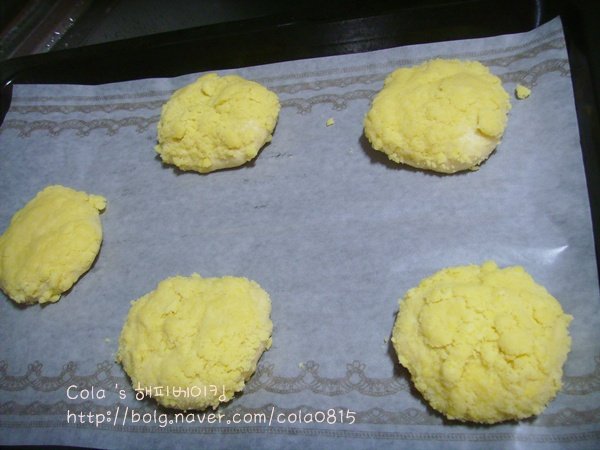 STEP 13/15If it's a mini oven, it's okay to wrap the dough tightly in a pack and leave it in the refrigerator for about 12 hours as shown in the picture.
STEP 13/15If it's a mini oven, it's okay to wrap the dough tightly in a pack and leave it in the refrigerator for about 12 hours as shown in the picture.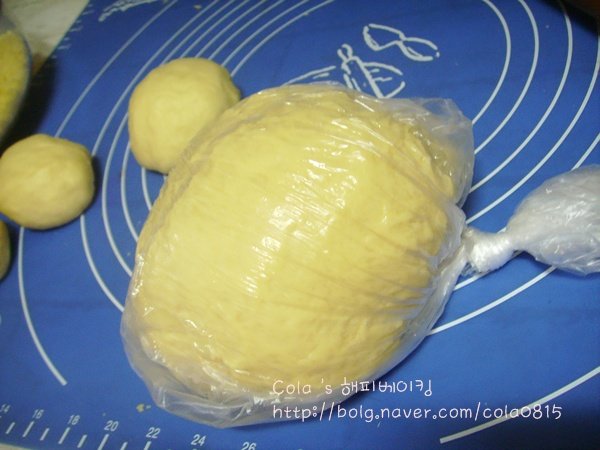 STEP 14/15Boil the water, pour it into the pan, put it in the oven, and run the oven for a while. When the oven door gets warm, turn off the oven, add the gombo bread dough, and ferment it for a second time. Allow 30-40 minutes to double (don't be time-bound with fermentation and see how swollen the dough is)
STEP 14/15Boil the water, pour it into the pan, put it in the oven, and run the oven for a while. When the oven door gets warm, turn off the oven, add the gombo bread dough, and ferment it for a second time. Allow 30-40 minutes to double (don't be time-bound with fermentation and see how swollen the dough is)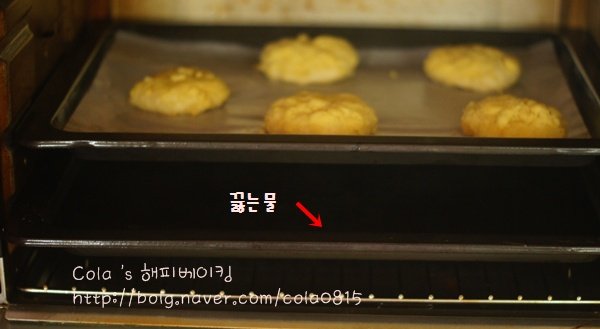 STEP 15/15When the dough doubles, take out the pan with water, drain it, put the pan back in, and bake it for 10-15 minutes at 180 degrees. (Do not take out the dough pan to preheat it, but leave it as it is and set the time immediately to bake.)
STEP 15/15When the dough doubles, take out the pan with water, drain it, put the pan back in, and bake it for 10-15 minutes at 180 degrees. (Do not take out the dough pan to preheat it, but leave it as it is and set the time immediately to bake.)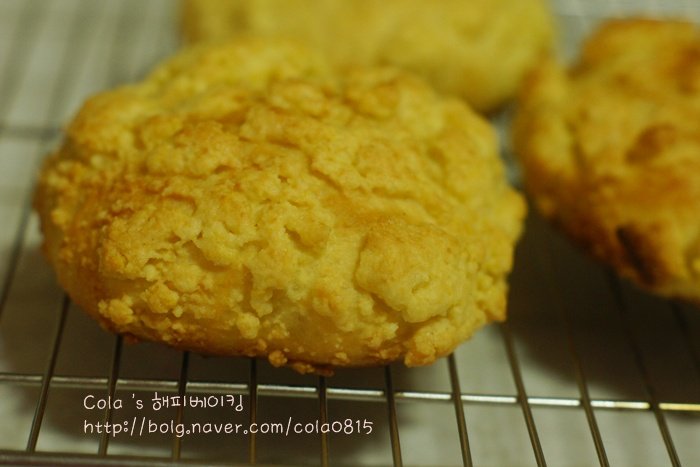 For fermentation, don't just count the time and see if the dough has doubled. In the heat wave, the fermentation is completed in about 20 minutes. If you keep the time, it becomes over-fermented and smells sour. In winter, even if it is over 40 minutes, the fermentation sometimes does not finish.
For fermentation, don't just count the time and see if the dough has doubled. In the heat wave, the fermentation is completed in about 20 minutes. If you keep the time, it becomes over-fermented and smells sour. In winter, even if it is over 40 minutes, the fermentation sometimes does not finish.
- Cooking review
-
5.00score
-
154*****scoreI make it deliciously and eat it well Thank you so much for sharing this great recipe2018-07-08 18:30
-
 bd9***************************scoreI copied it... It's really good~~ Thank you!!!2017-06-06 20:12
bd9***************************scoreI copied it... It's really good~~ Thank you!!!2017-06-06 20:12
-
- Bibimbap Recommended recipe
-
-
1
 I'll tell you about cockle bibimbap from 1 to 10.4.87(31)
I'll tell you about cockle bibimbap from 1 to 10.4.87(31) -
2
 Cockle bibimbap5.00(8)
Cockle bibimbap5.00(8) -
3
 Super simple bean sprout bibimbap4.95(20)
Super simple bean sprout bibimbap4.95(20) -
4
 Making raw beef and raw beef bibimbap. I like the clean taste.5.00(10)
Making raw beef and raw beef bibimbap. I like the clean taste.5.00(10)
-
- Bulgogi Recommended recipe
-
-
1
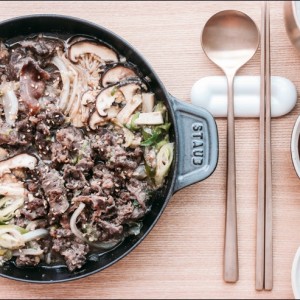 Homemade food, Mr. Baek. Making Jongwon Baek sauce beef bulgogi4.79(29)
Homemade food, Mr. Baek. Making Jongwon Baek sauce beef bulgogi4.79(29) -
2
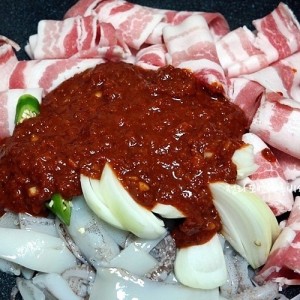 Successful recipe for Osam Bulgogi. 100% simple main dish5.00(35)
Successful recipe for Osam Bulgogi. 100% simple main dish5.00(35) -
3
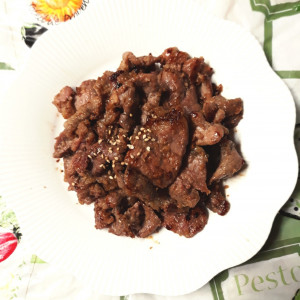 Bulgogi with pork and soy sauce4.97(29)
Bulgogi with pork and soy sauce4.97(29) -
4
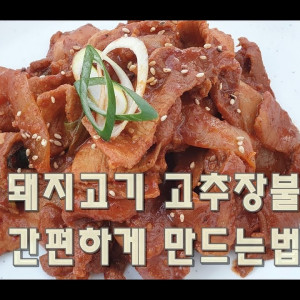 Pork, red pepper paste, bulgogi~ How to make it simple and delic5.00(29)
Pork, red pepper paste, bulgogi~ How to make it simple and delic5.00(29)
-